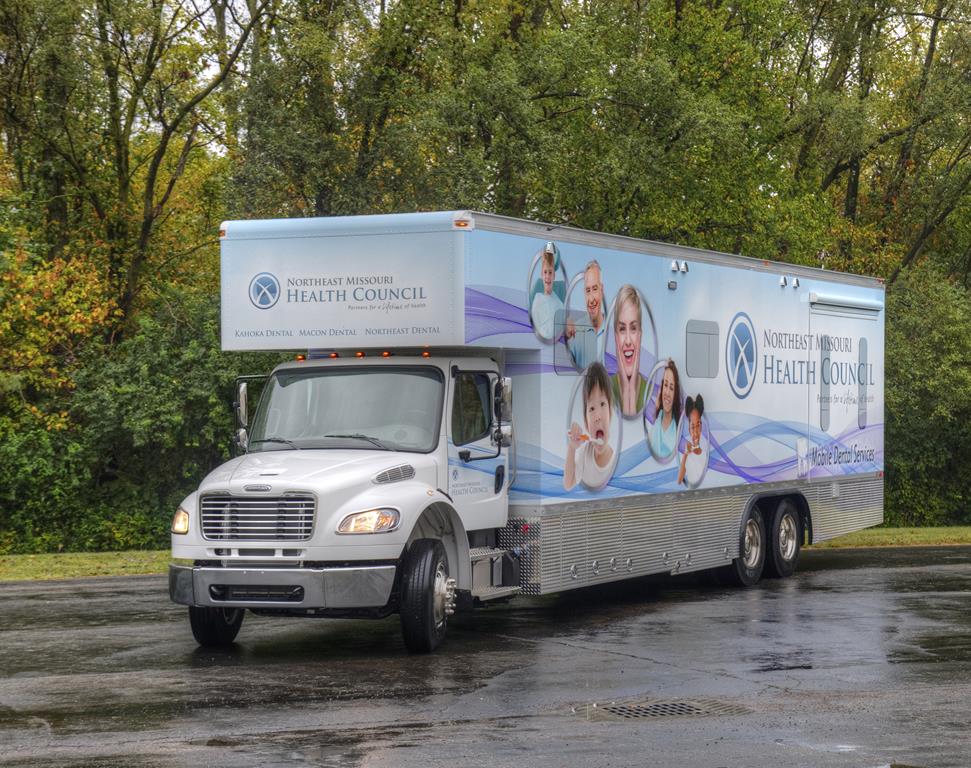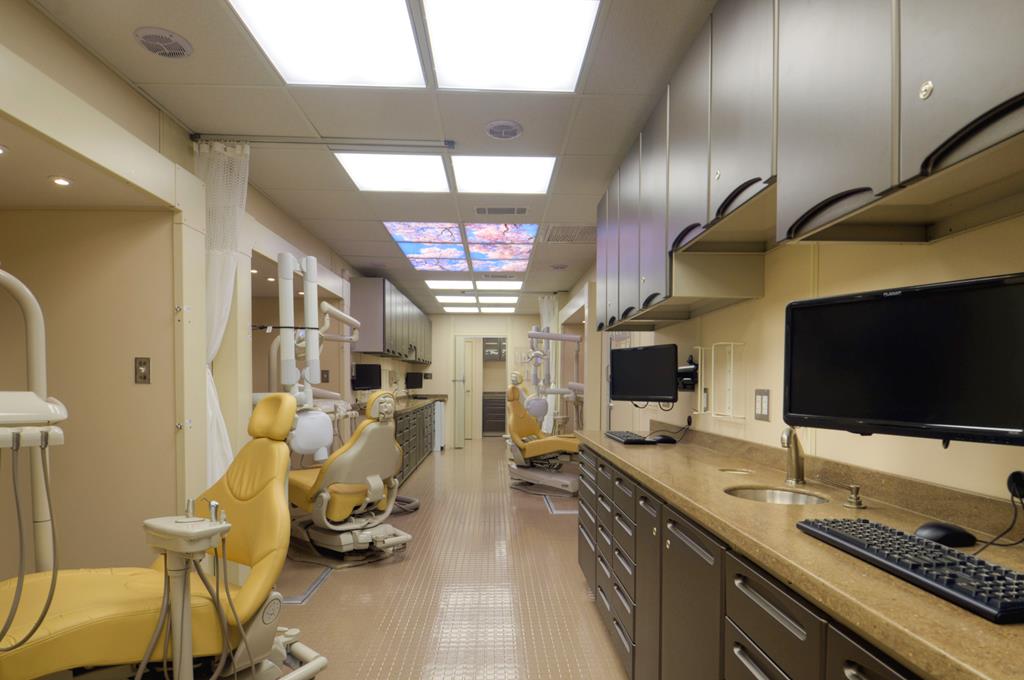Mobile dentistry is one of the best ways to solve the problem of access to oral health care that many Americans face and it should go well beyond just preventive care. Mobile dental vehicles serve populations where prospective patients congregate; from schools and businesses to elder care facilities and community centers. They also travel to rural communities to underserved populations who may not seek treatment at traditional dental offices, which are inaccessible to them due to transportation restraints or their willingness to travel long distances. Instead mobile dental units treat patients at sites that are convenient to their location. This allows more patients to receive care they may otherwise neglect.
- The Mobile Dental Services Model
A mobile dental service model helps patients who cannot travel a long distance to reach a dentist and those who may often neglect proper dental care. Neglect that can lead to serious health issues. Mobile dental trucks not only provide services that offer access to dental care, but also supply preventive and ongoing healthcare services, chronic disease  screening and methods for managing long-term health needs.
screening and methods for managing long-term health needs.
A successful program is engrained into the community. The Tioga Mobile Dental Services program, sponsored by the Tioga County Health Department in Owego, New York is one example of a mobile dental service that has been adopted by their specific rural community.
- Implementing a Mobile Dental Program
Developing relationships with participants in the community is fundamental to the success of mobile dental services. When the key local institutions are vested in the program to provide electrical, water, and septic services for mobile dental units the success is almost guaranteed. Being aligned with schools, hospitals and government agencies ensures the community is embracing the need for a healthy population. These community participants can also play a major role in referring clients. While in turn, the mobile program can refer patients to local private dental practices when specialized care is required
A mobile dental vehicle can have very different staffing requirements than a private practice. Most programs have a coordinator who determines patient eligibility, schedules appointments, conducts billing and is involved with community participants to provide outreach to the target populations. These mobile dental coordinators also submit claims, and work  on behalf of the patient, with Medicaid and third-party insurances.
on behalf of the patient, with Medicaid and third-party insurances.
A fully equipped mobile dental clinic can have custom interior designs from ASID Professionals (American Society of Interior Designers), be equipped with the latest digital panoramic x-ray and other state-of-the-art equipment, all for a fraction of the cost of a fixed structure. In most cases the IRS allows for a five-year depreciation schedule versus 30 years for a fixed dental practice, reducing the tax burden. Utilizing the IRS Section 179 deduction, the tax benefits of purchasing a mobile dental clinic significantly increases the return on investment. In addition, mobile clinics can be designed with two, three or four treatment rooms for maximum effectiveness, economies and multiplying the revenue model.
- Ensure Mobile Units Provide a Friendly Atmosphere
Consider the example of the Colgate Bright Smiles, Bright Futures® program that mobilize nine state-of-the art dental trucks equipped to screen children for common oral health conditions. They are based in select cities and travel to underserved rural and urban communities throughout United States to raise awareness about the importance of children’s dental health. Colgate’s mobile dental units are nearly the size of a mobile home and feature friendly visuals for fun environment, with less intimidating dental ‘screening experiences’ for kids in rural and urban communities.
Conclusion
Mobile dentistry has proved to be successful for many years in states where residents do not have adequate access to local dental services. There are established and government-aided mobile dental clinics which provide extraordinary services by bringing affordable dental care to rural and suburban communities.
Mobile dental clinics can operate in broad geographic areas and target specific demographics, which may be impossible for fixed facilities. However, many dental practices expand their services to include mobile clinics to serve outside of their normal geographic footprint. Their mobile vehicles are also tremendous marketing tools, operating as roving billboards for their practice and displaying their participation in helping serve the community. Having dental trucks as part of their business helps bring in new patients, ultimately increasing their revenue stream.
Finally, in many cases it is important that these programs maintain diverse funding sources beyond patient fees. Many community participants will help provide in-kind support from local organizations, foundations, community outreach and fundraising events.
Having mobilized dental programs helps ensure a healthier community and ultimately lowers medical costs by avoiding emergency room visits and reducing serious health issues resulting from the neglect of proper dental care.
{{cta(‘138806f7-edd5-4f69-9291-dae2e0353da5′,’justifyright’)}}
Sources